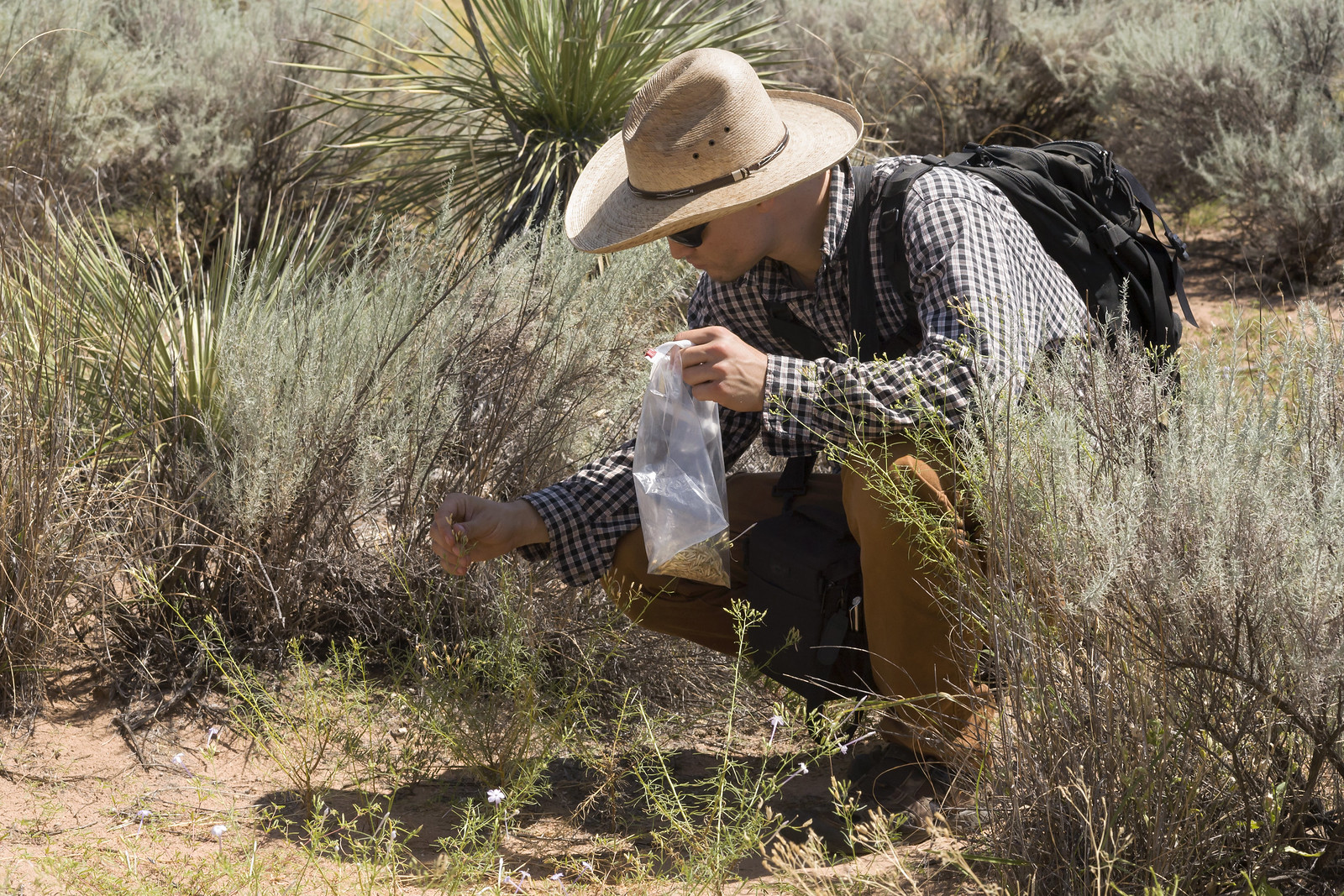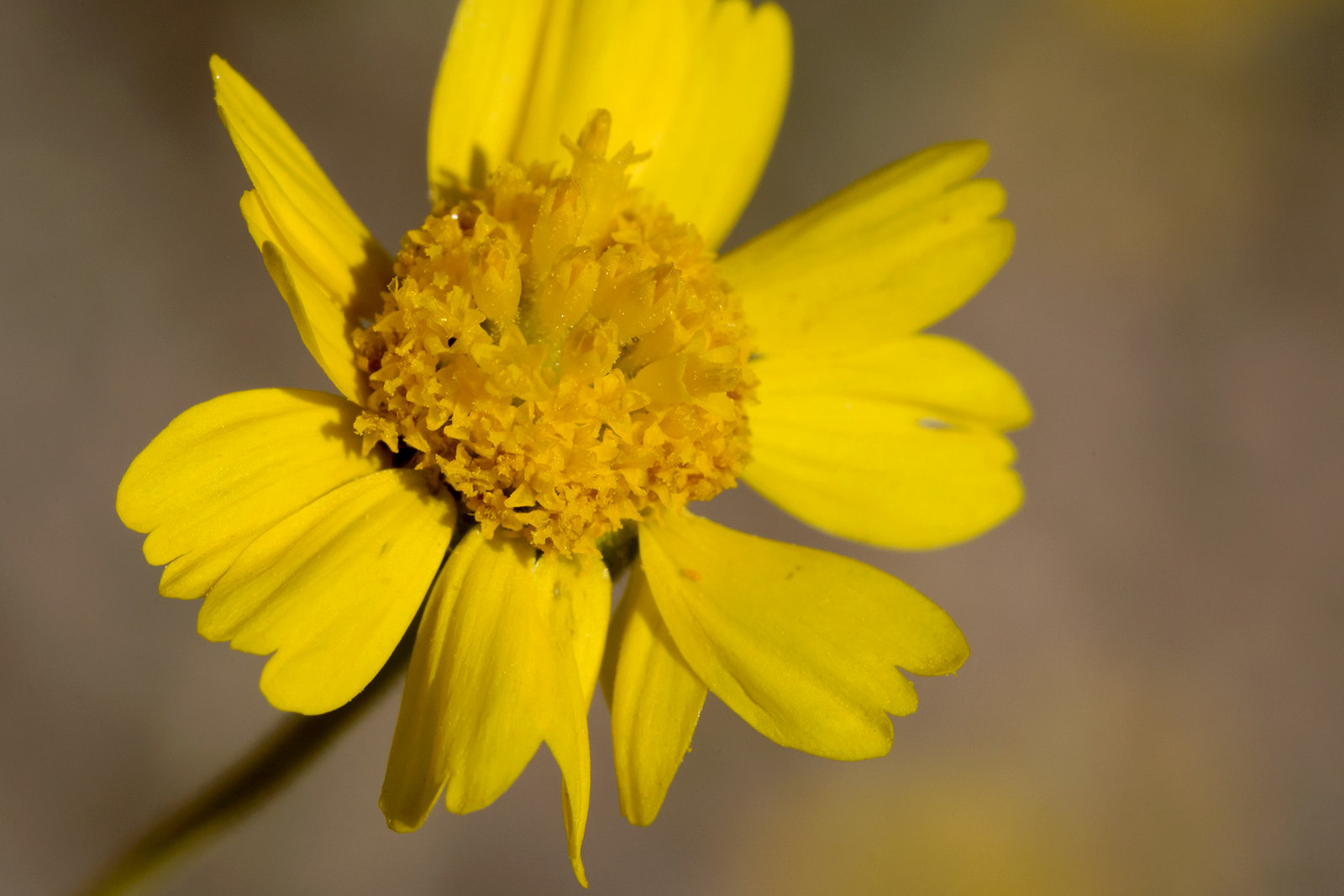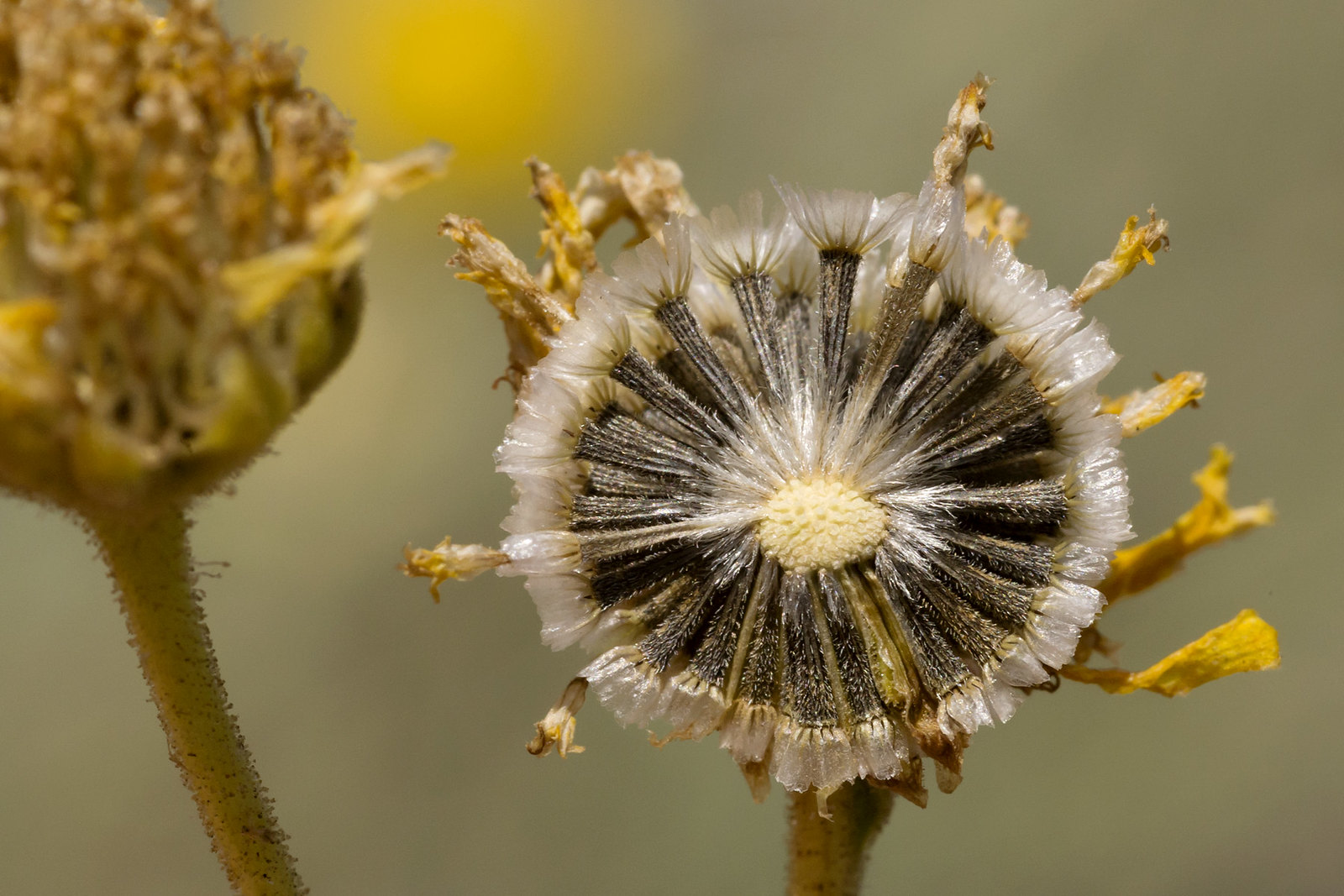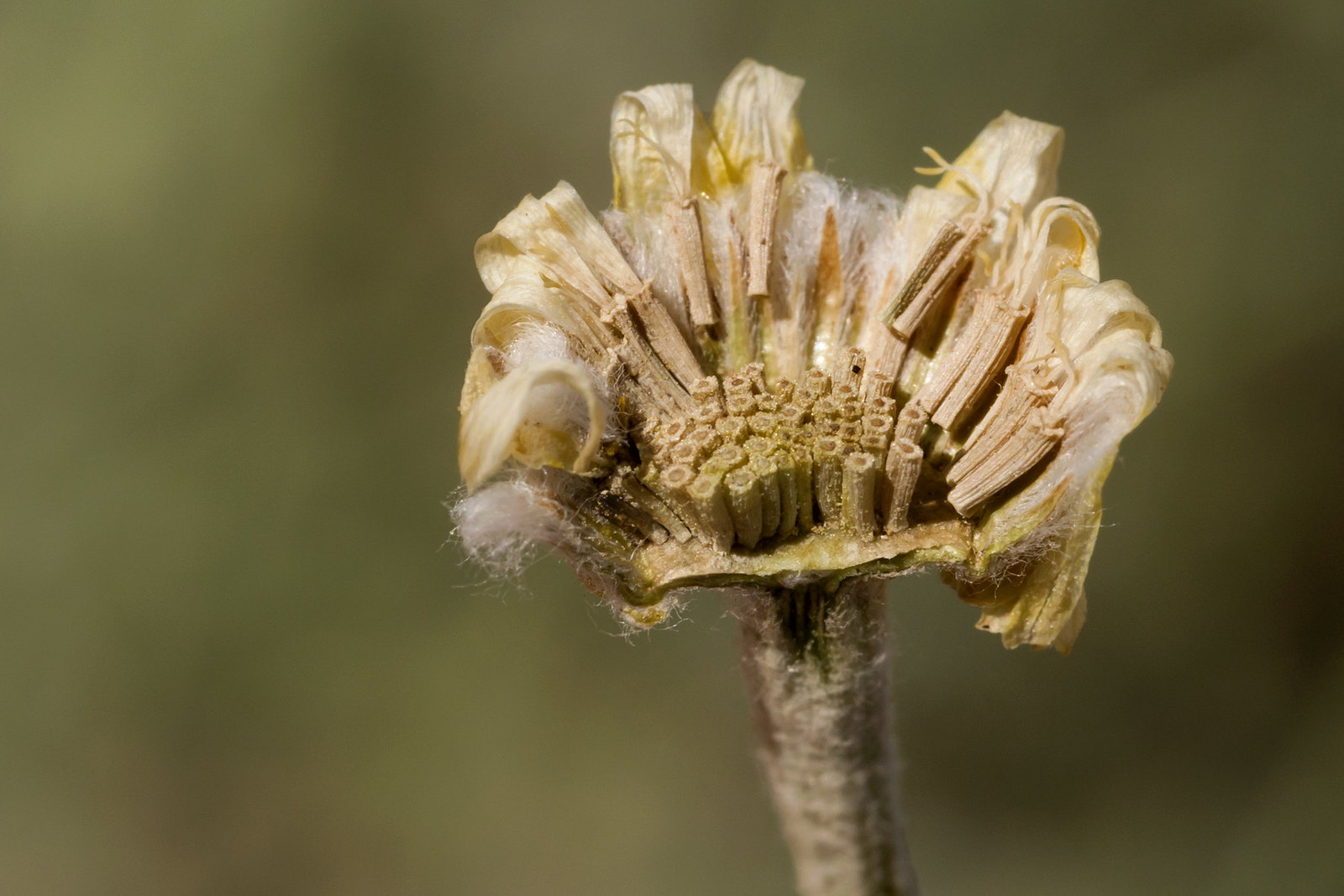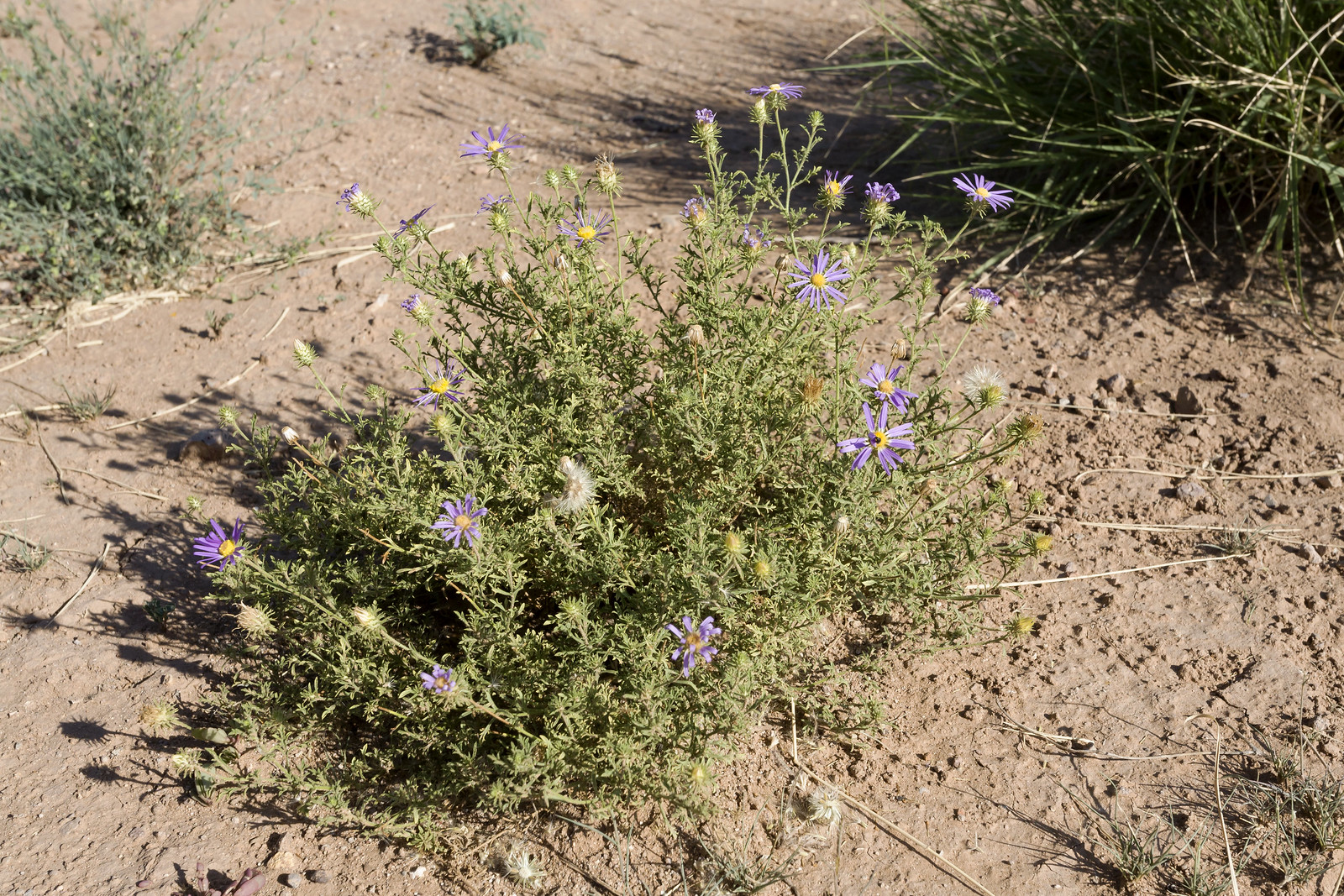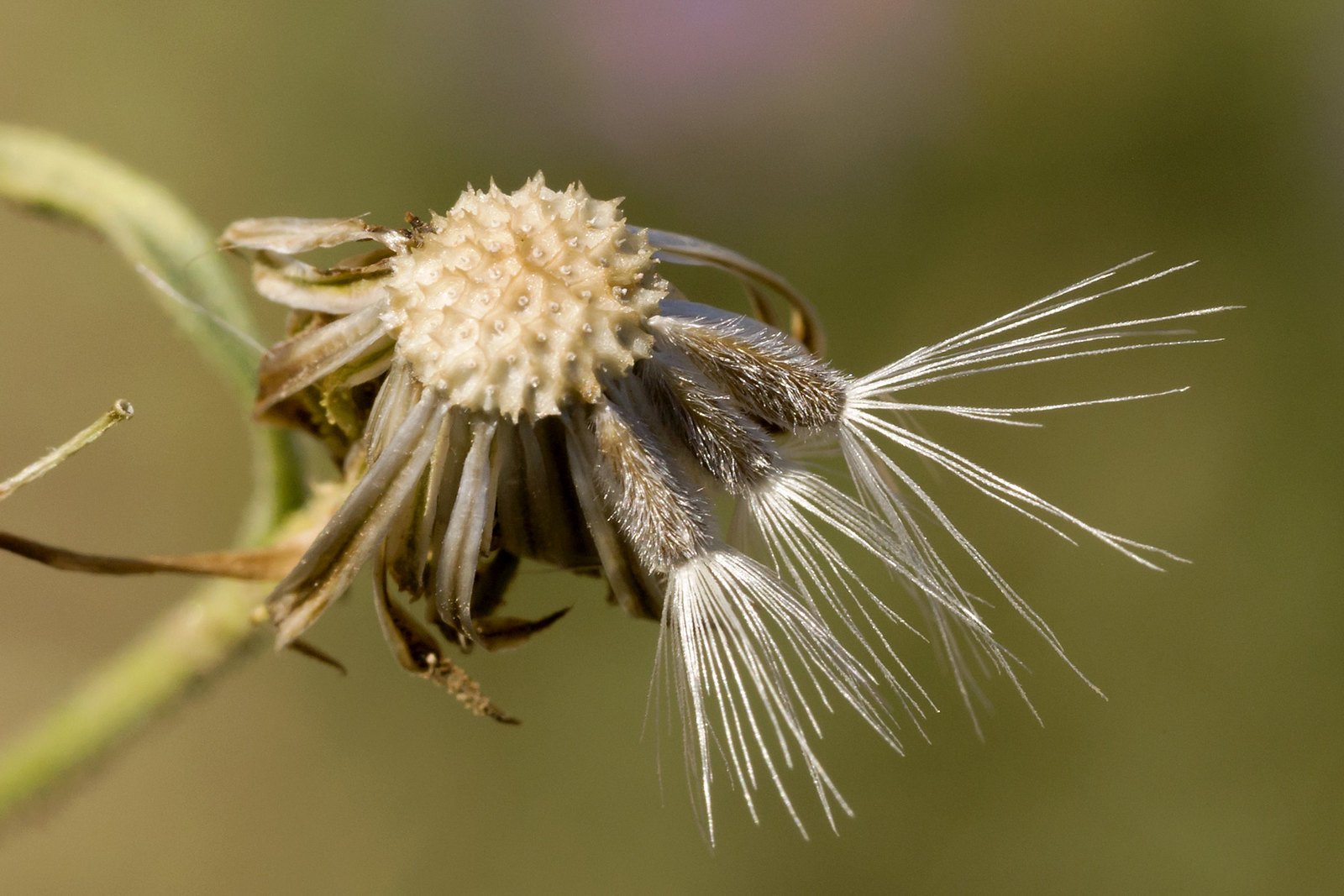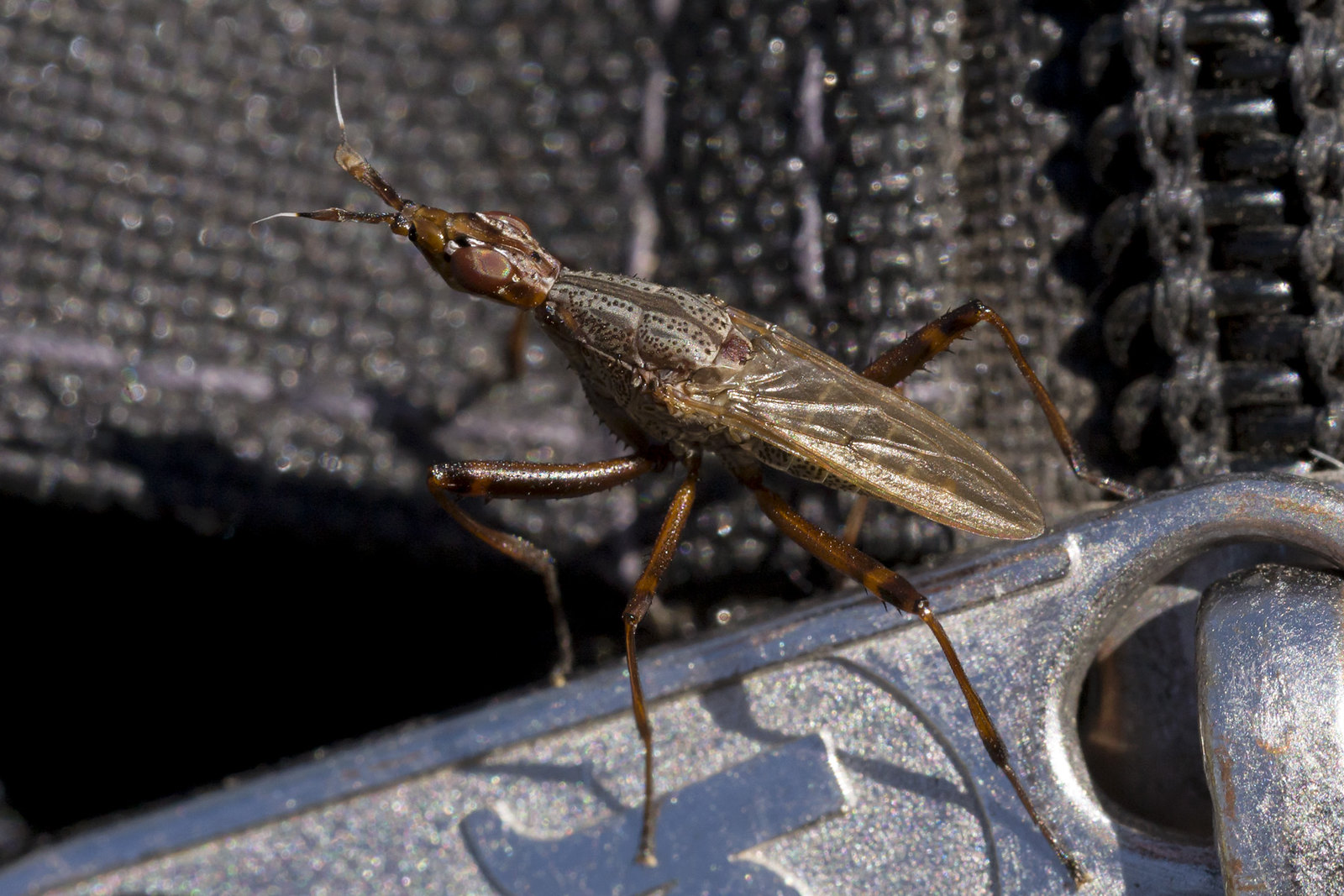Hello World,
I have been woefully derelict in my blog-writing duties but have a little free time today, so here it goes. My interns have been here since the beginning of June (yes, I’m an intern with interns) and this is my first time collecting seeds. So here’s the gist of my experience so far: the natural world is uncooperative. In southern New Mexico, our usual rainfall pattern is that it is very dry (average monthly rainfall 0.25″ to 0.7″ in Las Cruces; driest month: March) February through June, wet during the monsoon season, July through September (1.4″ to 2.2″ per month; wettest month: August), and pretty dry October through January (0.5″ to 0.9″ per month). This year, here’s what we’ve got in Las Cruces: January 1.13″; February 0.04″; March 0.34″; April 0.44″; May 0.8″; June 0.71″; July 2.41″; August 0.96″. There’s been a lot of variation within the Las Cruces District, but most places have shown a similar pattern: wetter than average in June and/or July, drier and hotter than average in August. What this means for me is that the early summer rainfall got lots of plants going and then August, which is supposed to be wetter and a bit cooler, was instead abnormally hot and dry. So most of those plants that were happy in July are either maturing earlier than you’d expect or going crispy. Those that are maturing early and look like they have good mature infructescences that ought to have lots of seed are often proving to have just empty husks when you start cutting things open. Setaria leucopila, for instance, hasn’t had a single well-developed seed in any of the fertile florets I have checked from several populations. Pleuraphis jamesii and Panicum obtusum likewise haven’t yielded any seed, and seed set rates for Bouteloua eriopoda, Bouteloua curtipendula, and Bouteloua gracilis are, thus far, so low that they may not be collectable even in large, dense populations. The odd rainfall also changes plant community composition. A site dominated by Enneapogon desvauxii last year, for instance, is dominated by Gutierrezia sphaerocephala this year and there is hardly an Enneapogon there to be found. Machaeranthera tanacetifolia, which I didn’t include in our target list because I have never seen it in sufficient abundance for a seed collection, is the dominant plant over a few patches of several square miles each. We’ve also been having some problems with herbivores, both domesticated and wild. A lovely population of Ipomopsis longiflora from which we had hoped to collect was decimated by, I think, rabbits. Sporobolus flexuosus that looked great in late June was mowed down by cattle in July, although the 5% or so of plants that escaped grazing to produce seed were, hopefully at least, enough for a decent collection. Although some of this is rather obnoxious, there’s a good side, too. Due to early maturation, we’ve made more seed collections than I would have expected by now and are at something like 23 of our intended 36 collections. And, although the target species list I made back in March or so has suffered and is by now wildly inaccurate, other species that are desireable for restoration or reclamation seeding have stepped in to fill the gap. I didn’t think we would be able to collect Bahia pedata, Baileya multiradiata, or Machaeranthera tanacetifolia, but we’ve made two collections of each. Enough of that, here are some pictures:
Interns, Jeanne Tenorio:
And David Morin:
Bahia pedata:
Baileya multiradiata:
Machaeranthera tanacetifolia:
And some insect friends encountered in the field; first, Odontoloxozus longicornis (a fly):
Murgantia histrionica (a bug):
Diabrotica undecimpunctata (a beetle):


